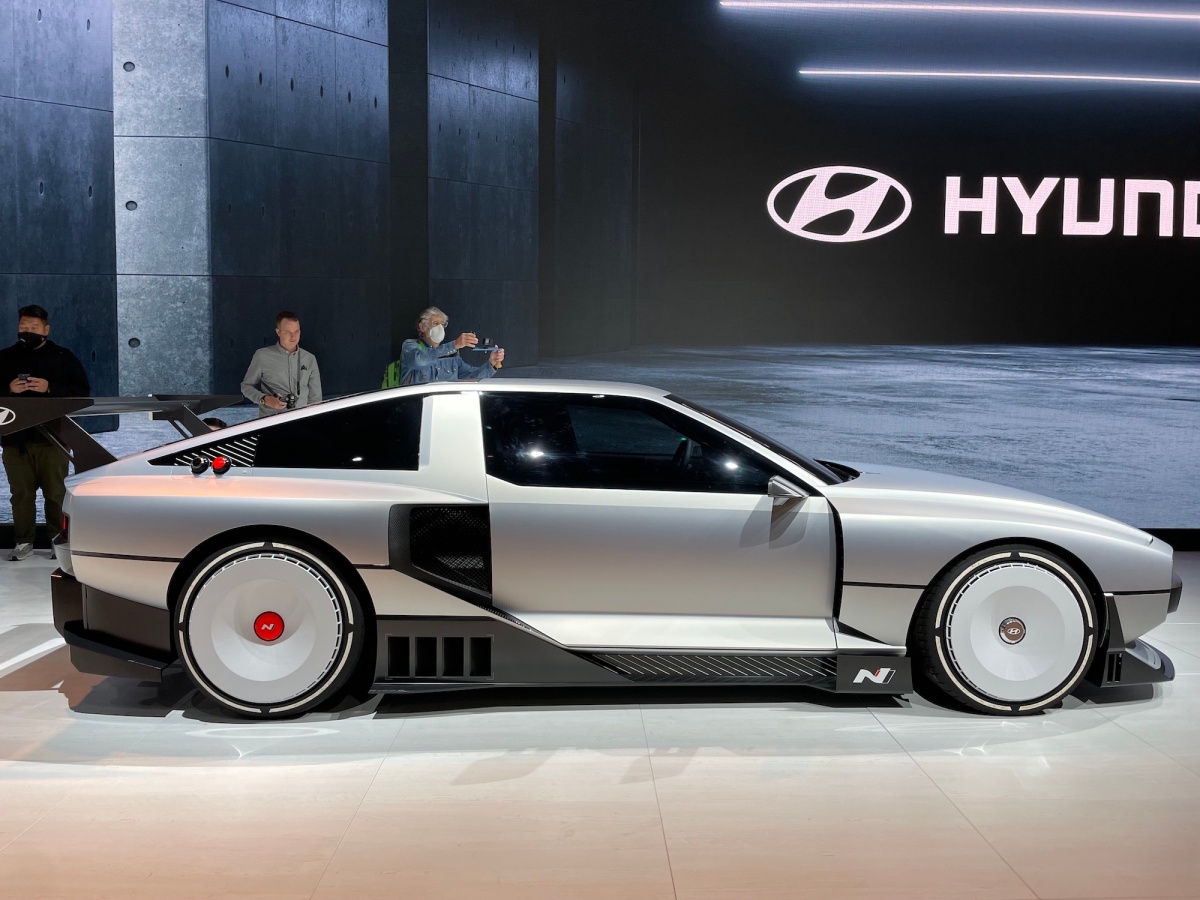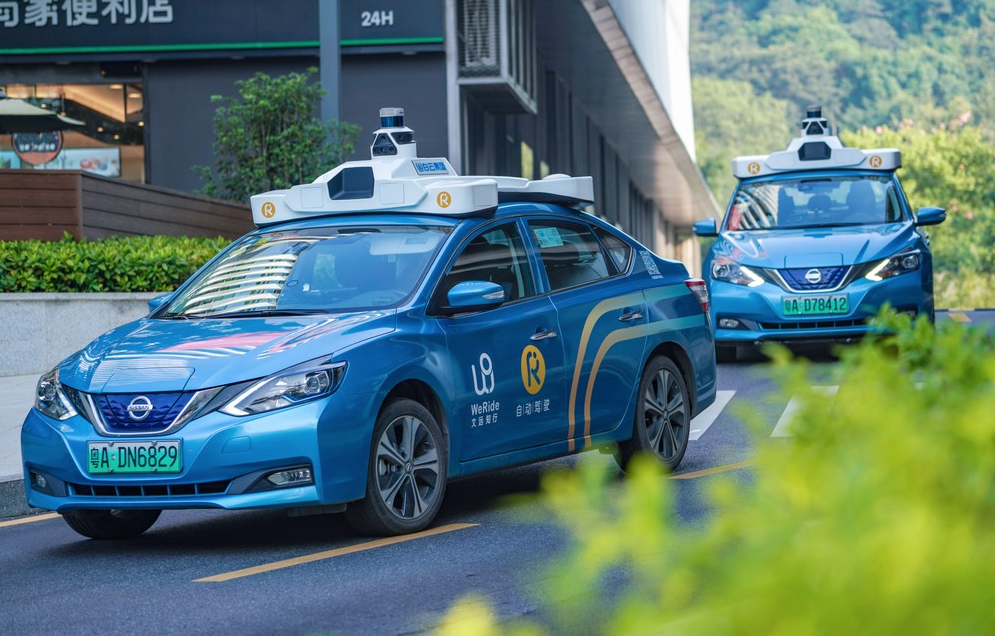Hyundai’s hydrogen fuel cell concept hints at the performance N brand’s future • ZebethMedia
Just don’t say it’s inspired by the DeLorean Hyundai revealed Thursday a hydrogen fuel cell hybrid concept vehicle called the N Vision 74 that the company says demonstrates the performance sub-brand’s vision for electrification. The Hyundai N sub-brand, the performance-focused arm of the automaker, has been applied to a range of production vehicles since its founding in 2015 from the Hyundai Veloster N and Elantra N to the Kona N. The N brand, a name inspired by Germany’s famed racetrack in Nürburgring and where Hyundai tests these models, has targeted luxury performance brands like BMW M, Mercedes AMG, Audi RS, and Cadillac V-series with its N brand. The N Vision 74 raises the stakes. Just don’t say it’s inspired by the DeLorean. A closer look at N Vision 74 Image Credits: Abigail Bassett Hyundai calls the N Vision 74 a “rolling lab,” — a testbed of sorts for future products. Although there is some Hyundai Pony Coupe history in there too. The N Vision 74 pays homage to the Hyundai Pony Coupe concept from 1974, which was developed by the legendary car designer, Giorgetto Giugiaro, who also designed the Delorean. (The DeLorean made its debut in 1981 after the Pony Coupe.) It’s a detail that Sang Yup Lee, the Hyundai Global Design Center and an executive vicepPresident at Hyundai Motor Company was quick to point out. “Don’t’ say they look alike, because we did it first,” Lee said during the press conference. N Vision 74 gets a unique hydrogen hybrid and battery-electric architecture. Underpinning the N Vision 74 concept sits both a fuel cell stack and a battery pack. The fuel cell stack at the front puts out 85 kW (max 95 kW), while the 62.4 kWh battery sits at the rear. The hydrogen W fuel cell converts hydrogen to electricity to charge the 62kWh battery. The car also gets independent rear-mounted motors on each wheel to generate a total power output of 500 kW and nearly 670 horsepower and 663 pound-feet of torque. Hyundai says that allows for engineers to tune power distribution between left and right wheels and optimally set the N Vision 74 up to handle different types of tracks. The N Vision 74 concept gets dual-charging capabilities. It can be filled with hydrogen or recharged on a DC Fast charger thanks to the underlying 800-volt architecture E-GMP platform. Hyundai says it can get as much as 372 miles of range and a top speed of 155 mph. The question is, of course, will this hydrogen fuel cell hybrid technology come to a production car? Hyundai wouldn’t say whether this kind of powertrain will go into production. However, Lee did conclude his presentation stating that “The N Vision 74 Concept has undeniable Hyundai DNA and design that serves as a compass to guide our future.”

